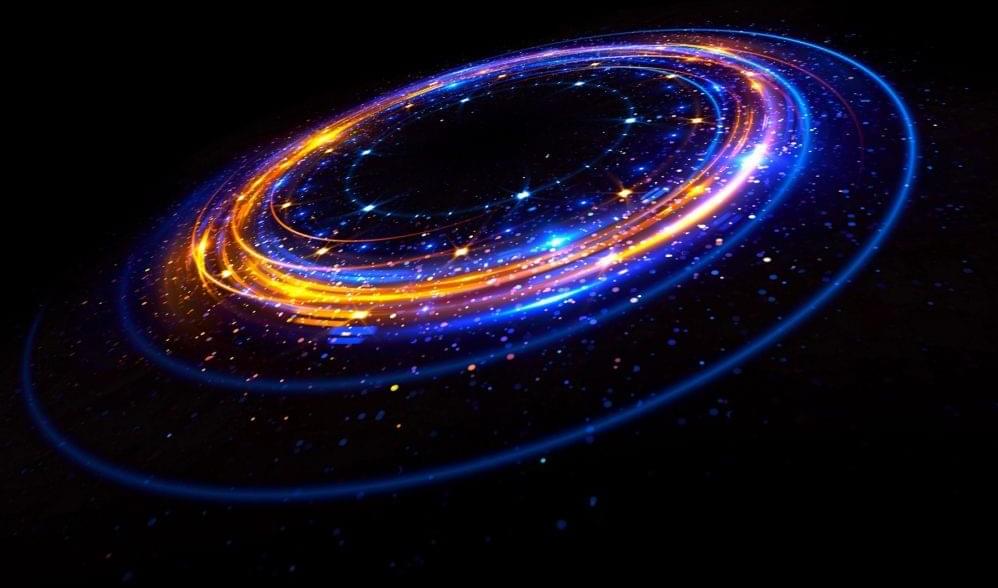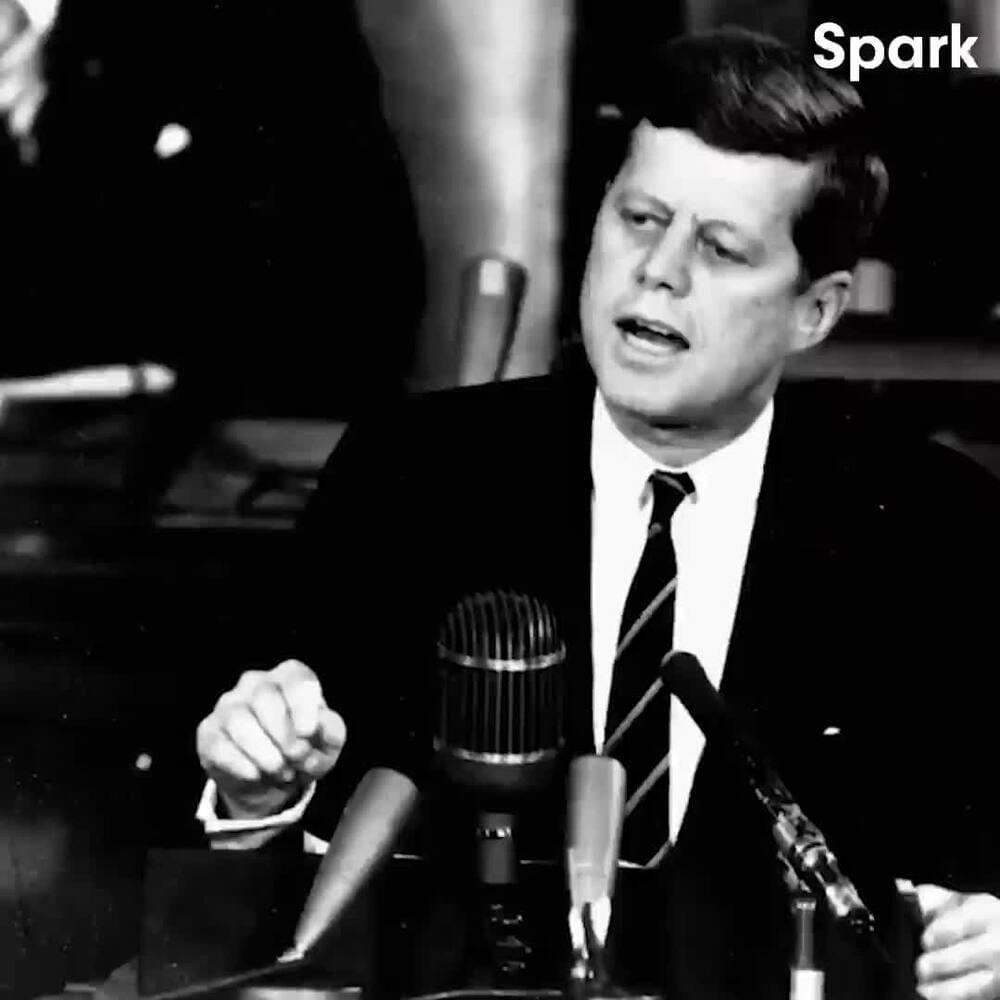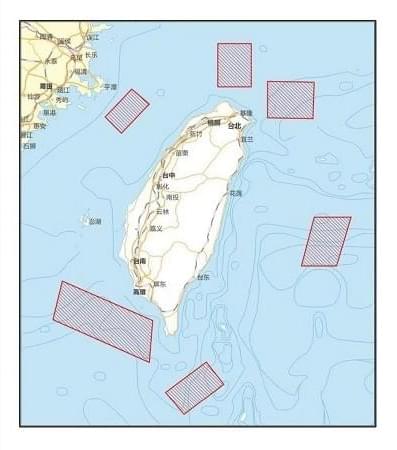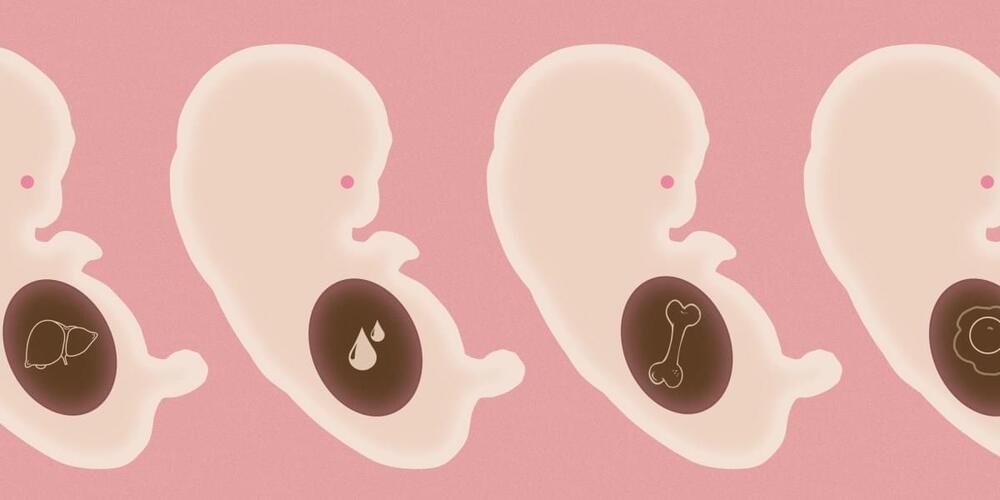Blue origin’s moon rocket engines.


Blue origin’s moon rocket engines.





Head to https://www.squarespace.com/marcushouse to save 10% off your first purchase of a website or domain using code MARCUSHOUSE
This week unlike the last has been super busy with launch activity. SpaceX Starship Updates and 20 Engine Static Fire for Booster, Atlas V, Electron, Falcon 9 and NS-22. We have multiple flyovers of both SpaceX’s Starbases in Texas and Florida, and wow are we seeing huge work done. Strap in, because there is a lot to cover today.
My mid-week video — Does NASA & SpaceX’s Plan with Artemis Make Sense?
https://youtu.be/bQWy27ucskw.
BPS.space / Joe Barnard — I Landed A Rocket Like SpaceX
Join the mailing list to be notified when I release a video.
https://marcushouse.space/email-list.
👕Like this shirt? Pick it up on any product you like here.

